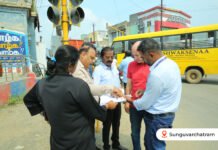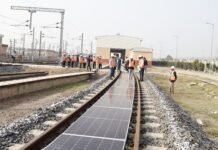NEW DELHI (Metro Rail News): Since its inauguration in December 2002, the Delhi Metro, in the last 18 years, has become a lifeline for the Delhiites. It has made the life of lakhs of daily passengers easier with its smooth connectivity and world-class facilities at several stations. But the moment one steps out, the hassle-free ride in the Metro often turns into a nightmare due to traffic congestion, with buses, auto-rickshaws, e-rickshaws, cars, hawkers and commuters jostling for space. Integrated multimodal public transport systems outside most of the stations in a city as vast as Delhi still remain a distant dream. This, however, is all set to change soon at over 70 busy stations.
The Delhi Metro Rail Corporation (DMRC), is going to develop ‘multimodal hubs’ at 78 stations under the Phase-I, II & III corridor projects to segregate pedestrian and vehicular zones as part of its seamless travel plan involving various modes of transport. Under the Multimodal Integration (MMI) project, the DMRC would develop a separate path for pedestrians, parking space for auto-rickshaws, bikes and cars, a disabled-friendly transport hub with separate bus bays and aligned pick and drop points for non-motorised vehicles outside the stations.
The main focus of the project will be to ensure seamless integration of Metro stations with all public transports within a 300-metre radius from the Metro station. The existing roads, including pavements, will be redeveloped and bays, walkways, and adequate signages will be installed to guide the commuters. Besides, designated points for three-wheelers, separate lanes for app-based cabs will be created for safe last-mile connectivity. The DMRC has already developed a similar model at the Chhatarpur, Mandi House, Hauz Khas, Dwarka stations.





